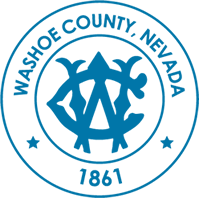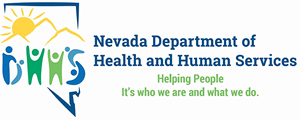Lead Testing Program For Licensed Child Care Centers

NOTICE: The grant project has ended and new enrollments are no longer being accepted. Project data is available by request through the Public Records Request Page.
About The Program:
The Nevada Child Care Center Lead Testing Program is a public health program to test for lead in drinking water at licensed child care facilities across the state. It is part of a nationwide program that was established by the Water Infrastructure Improvements for the Nation (WIIN) Act of 2016, in which the Environmental Protection Agency (EPA) granted states money to test for lead in drinking water at schools and child care centers. This project is in collaboration with the Nevada Division of Environmental Protection, the Nevada Division of Public and Behavioral Health, and the Washoe County Health District.
 |  |  |
Program Timeline:
The Nevada Lead Testing Program will take place from fall 2021 to summer 2024. All child care centers in Nevada will have an opportunity to enroll. Initial communications regarding enrollment will occur on a rolling basis throughout the duration of the project.
Why is it important to test my child care center for lead?
Lead is a heavy metal that is naturally present in the environment and has been used for infrastructure, including pipes within the water distribution system. When lead gets into human bodies, it can harm the brain and nervous system. Long-term effects of childhood lead exposure include problems with learning, school performance, attention, and behavior as well as anemia and other health problems.
Children can be exposed to lead in many ways. Most exposures happen at home and are the result of deteriorated lead-based paint or contaminated soil. The lead transferred onto a child's hands or toys may be accidentally ingested when the hands or toys are put into their mouths. Eating paint chips or chewing on painted surfaces can also introduce lead into a child's body. Other lead exposures happen from the mouthing of metal objects and exposure to certain types of imported spices and ritual products.
Drinking water contaminated with lead is another way that children can be exposed. Lead enters drinking water through plumbing materials and fixtures within the water distribution network. This means that lead typically enters our drinking water after it leaves the water treatment plant.
This project will investigate the drinking water taps at risk for lead and identify any problem areas to prevent children from being exposed to lead. Visit the NDEP Lead in Drinking Water page for information on lead in drinking water.


